
The Enduring Beauty of Fine Imari Porcelain
Written by Team MUSUBI
In the 17th century, in the heart of Japan's Hizen region, which corresponds to modern-day Saga Prefecture and Nagasaki Prefecture, the Imari porcelain style blossomed, representing a sublime fusion of artistic brilliance and masterful craftsmanship. Its motifs, radiant colors, and intricate patterns embody a venerable tradition that continues to captivate enthusiasts and connoisseurs.
To immerse oneself in the realm of Imari porcelain is to reconnect with a storied past, resonating through the spirited tints, elegant shapes, and multifaceted designs. This timeless craft symbolizes the harmonious blend of human creativity with nature's essence, where artisans transform raw materials into exquisite masterpieces.
tables of contents
Imari Porcelain that Captivated the World

Imari porcelain was heavily influenced by Chinese and Korean ceramics. Through trade and cultural exchange, the artisans in Hizen blended these influences into a style that became uniquely Japanese, with elements of elegance, refinement, and delicate craftsmanship.
Yi Sam-pyeong (CE 1655 - CE 1722), is a foundational figure in the history of Japanese ceramics. Born in Korea, he was brought to Japan during the Japanese invasions of Korea in the late 16th century. It was under Yi Sam-pyeong's discerning eyes and skilled hands that the secrets of porcelain-making were unveiled, being instrumental in producing the iconic "Sometsuke" (blue and white) design. Currently, as Ri Sanpei (Yi Sam-pyeong) Kiln, his descendants persistently honor this tradition.

Concerning the designs of Imari porcelain, in the 1640s, many potters from China fled to Japan from civil war and later influenced Imari porcelain's designs. The use of various geometric patterns is believed to have been adopted by the porcelain patterns called Shonzui-De originally produced in Jingdezhen kilns during the late Ming Dynasty. Distinctive for the finesse of its designs, spanning from enchanting landscapes to mythical beings and floral tapestries.
In the 18th century, Imari porcelain became a sought-after export item, particularly in Europe, where it was treasured for its exotic appeal and unparalleled quality. The demand for these exquisite pieces played a significant role in the economic development of Japan, forging a legacy that continues to resonate today.
Next, we will introduce three emblematic styles of Imari Porcelain. Namely, Kakiemon, Nabeshima and finally Kinrande.
Kakiemon Style - Elegant Paintings and Beauty of White Space

In the 17th century, the world of Imari porcelain saw the emergence of the Kakiemon style, named after potter Sakaida Kakiemon (CE 1596-CE 1666), who was the pioneer of overglaze painting in Japan.
Kakiemon style achieves to draw delicate and graceful thin lines. Rather than a somewhat monotonous, strong shade, it delicately captures the nuanced gradations reminiscent of ink wash paintings. Famed for its graceful Japanese-style colored artworks, the unique shade of red is a hallmark of the Kakiemon tradition, distinguishing it in the ceramic realm. The generous use of blank space is commonly celebrated as the "beauty of whitespace."
Their sublime elegance, captured the European heart, influencing the porcelain craftsmanship and etching a permanent spot in ceramic lore.
Nabeshima Style - Harmony of Shades

The Nabeshima style stands as a seminal achievement in the field of Imari porcelain. Originating in the late 17th century, this exquisite ware was crafted at kilns managed directly by the Nabeshima domain, which governed over Hizen. It is celebrated for its unparalleled quality, meticulous craftsmanship, and understated yet sophisticated designs. Primarily intended for the ruling feudal lords, Nabeshima ware epitomizes the pinnacle of traditional Japanese ceramic artistry.

The craftspeople of the Nabeshima style are characterized by their use of a palette with gentle and elegant tones. This approach aligns perfectly with the prestige of the lord's kiln, epitomizing a refined and distinguished style.
The blue hues are solidly established in the underglaze, and upon which colored paintings are added, allowing for the full harmony of colors to be beautifully orchestrated.
The porcelain is a canvas for authentic Japanese artistry, embodying timeless beauty and tradition. More than just motifs, these are meticulously crafted paintings by skilled artisans. They depict the elegance of cherry and plum blossoms, the grace of cranes, and incorporate iconic elements like stylized fans and waves, all reflecting Japan's rich heritage.
Kilns protected by the Nabeshima clan also made fine celadon. They are called Nabeshima celadon. The translucent, jade-like glaze of Nabeshima celadon beautifully complements the porcelain's subtle shapes and gentle curves, capturing the play of light in a mesmerizing dance.
Drawing inspiration from both Chinese Song dynasty traditions and Korean celadon techniques, the Nabeshima version features meticulous carving, and delicate patterns, reflecting the serene beauty of nature and Japanese aesthetic sensibilities.
Kinrande - Luxury of Golden Brilliance

The Kinrande technique in Koimari porcelain is distinguished by its luxurious use of gold and red overglaze. The term can be broken down into "kin", meaning gold, and "ran", which refers to sections or compartments. Consequently, Kinrande elegantly marries gold with other shades, predominantly red, segregated into distinct segments, birthing elaborate and sumptuous designs.
The artistry usually employs dense gold tracings complemented with vibrant red enamels, occasionally accompanied by other hues. Being amongst the most luxurious and labor-intensive of Imari porcelain styles, Kinrande is esteemed for its splendour, often reserved for momentous events or distinguished patrons. It draws its muse from the Ming era Chinese porcelains and found its admirers particularly during the European fervour for chinoiserie.
"In the Edo period (1603 CE - 1867 CE), the scale of feasts became more intimate, with the grand banquets once held in lordly mansions fading into the background. Instead, smaller, more personal gatherings, suited to the times, took precedence. At these occasions, the demand shifted from large plates to more functional bowls. With a focus on practicality and compactness, there was an enhanced emphasis on decoration. Thus, the lavish Kinrande style was born, with its opulent designs not only on the interior but also on the exterior. These exquisite bowls added a touch of luxury to any banquet setting."
("Kakiemon and Nabeshima: The Essence of Hizen Porcelain," Masaaki Arakawa, Professor of Art History at Gakushuin University, )

The Arita Porcelain Lab in Saga Prefecture carries forward the legacy of the renowned style of Imari porcelain. The company melds over two centuries of tradition with the Kinrande style suited for modern living.
Preserving Elegance: The Continuation of Imari Porcelain Tradition
In modern times, there are kilns in Japan that uphold the tradition of crafting Imari style porcelain. Artisans blend vibrant colors and intricate patterns that define the classic Imari aesthetic, while introducing contemporary touches to ensure the style's continued relevance.

Founded in 1968, Rinkuro Kiln is situated in Hasami City, Saga Prefecture. Established with a vision for distinctive style and superior quality, the kiln produces timeless pieces like the striking Old Imari Series which employ designs of Imari porcelain.


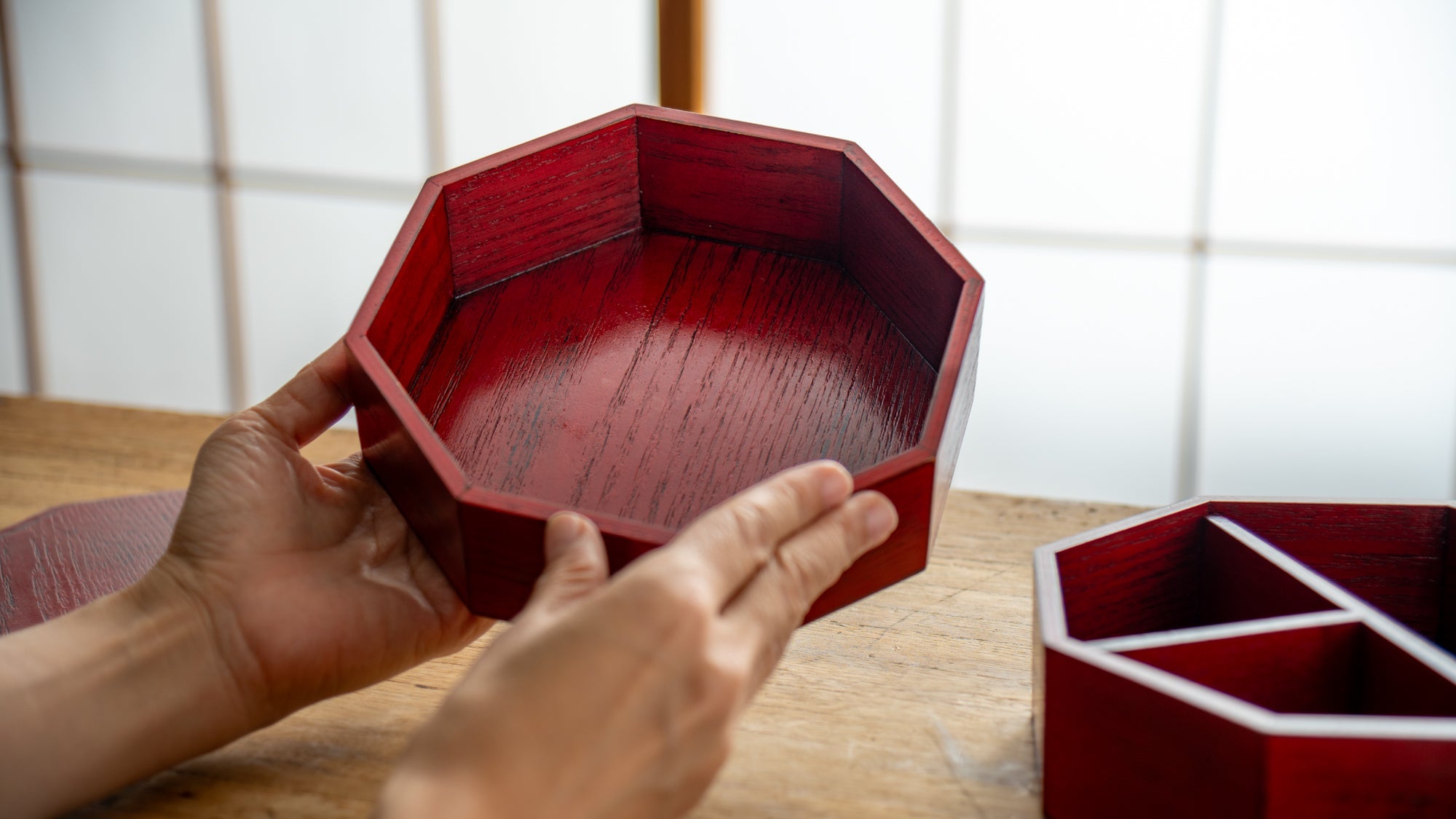

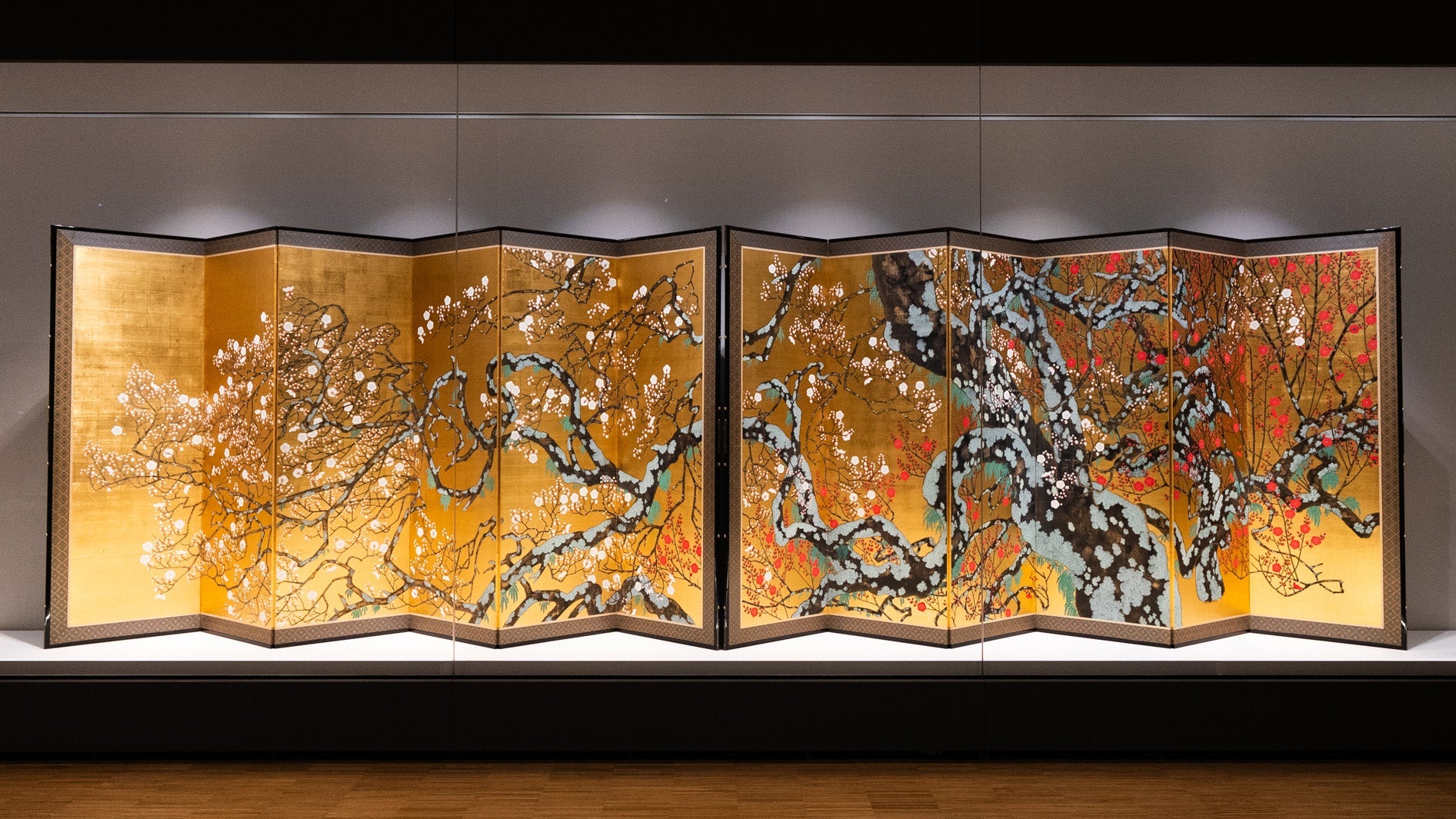
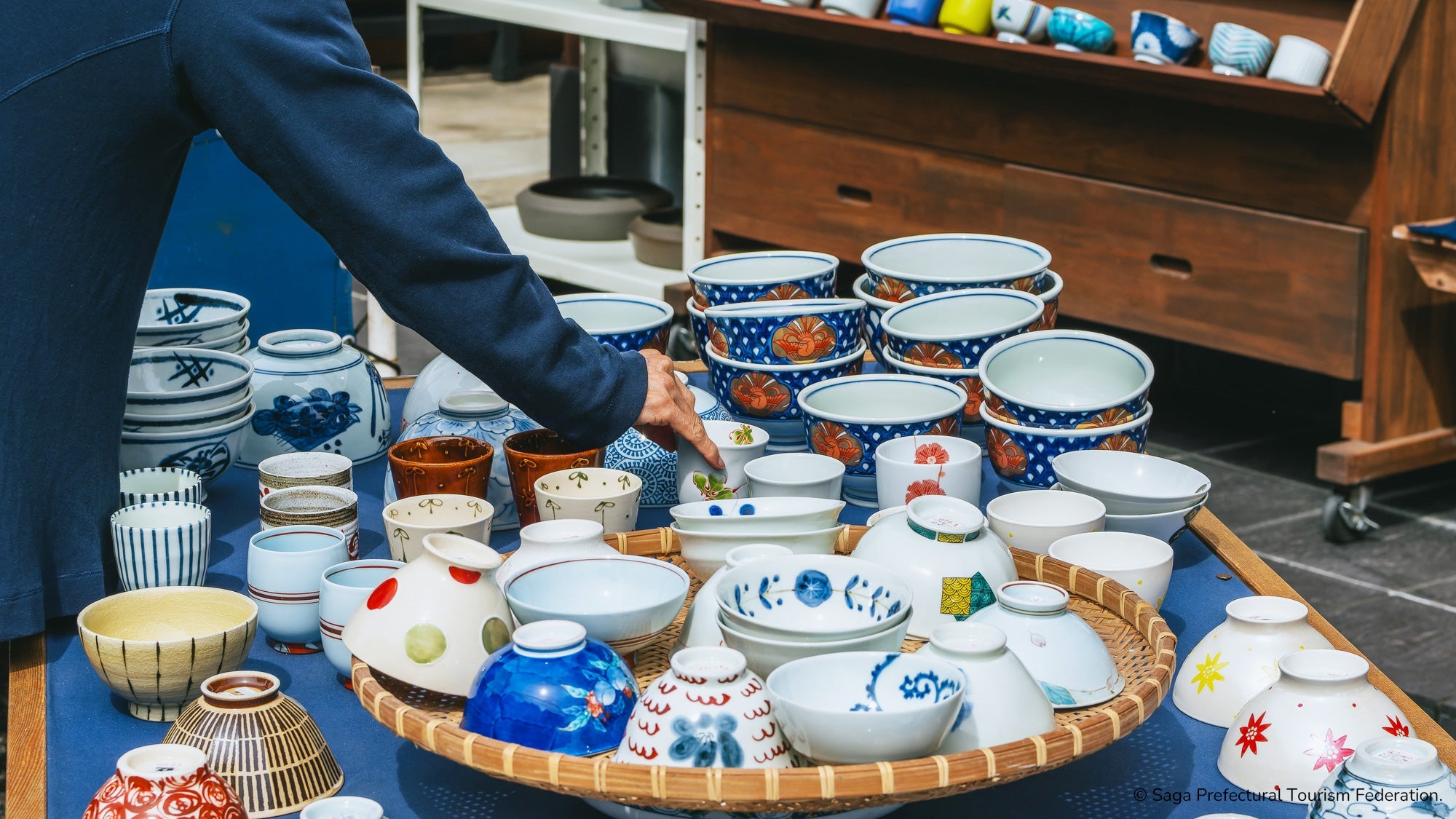
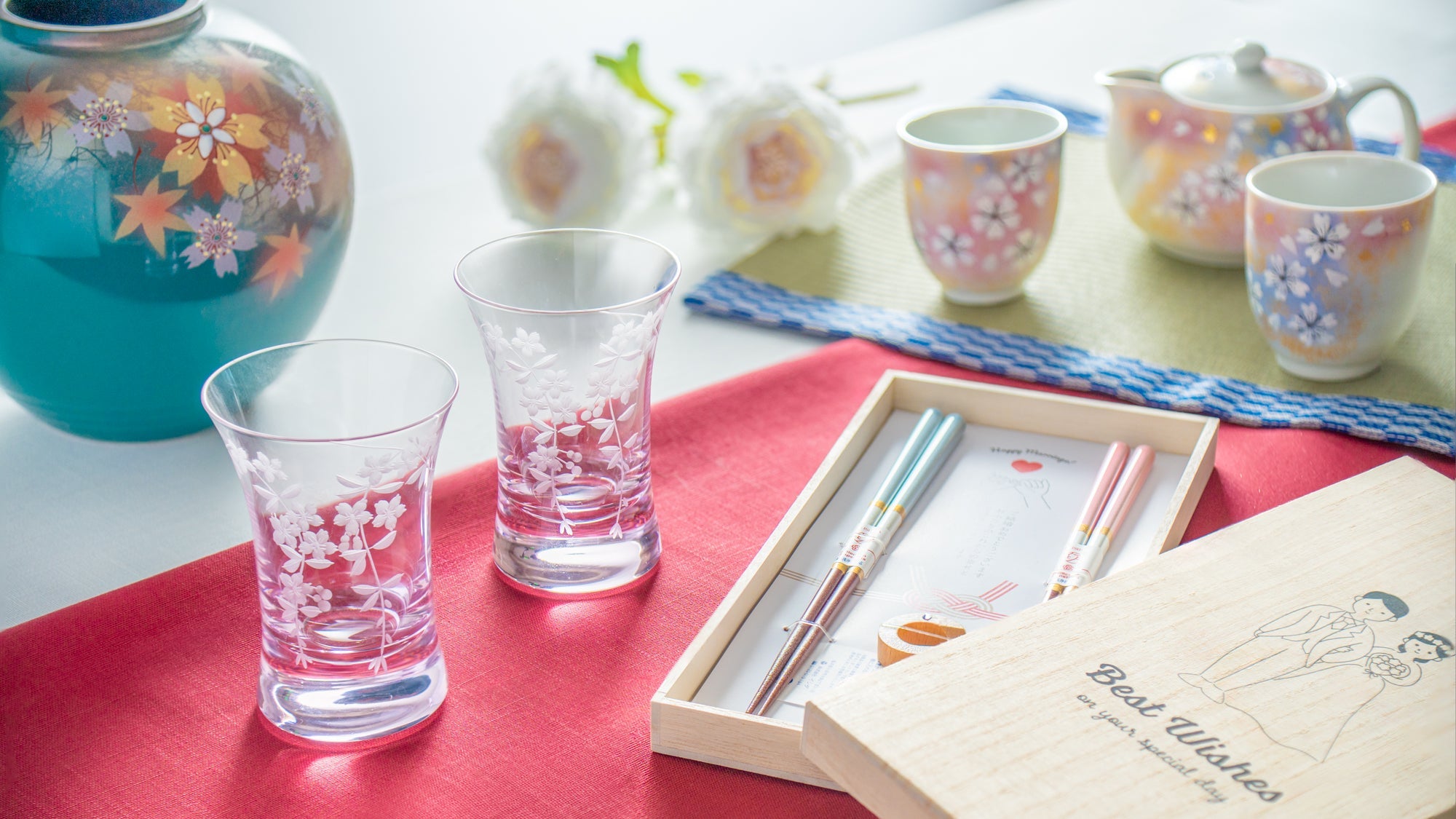
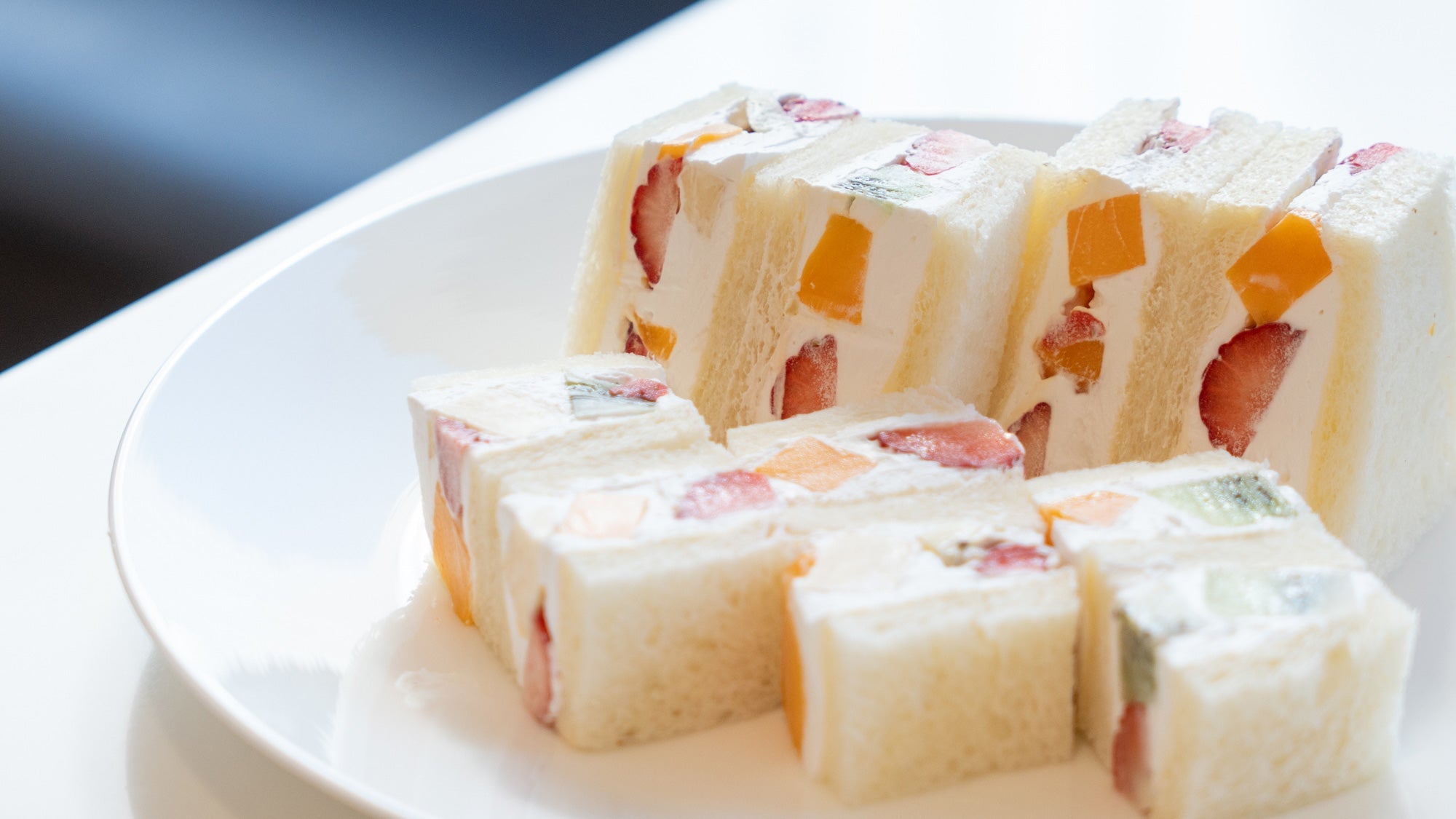

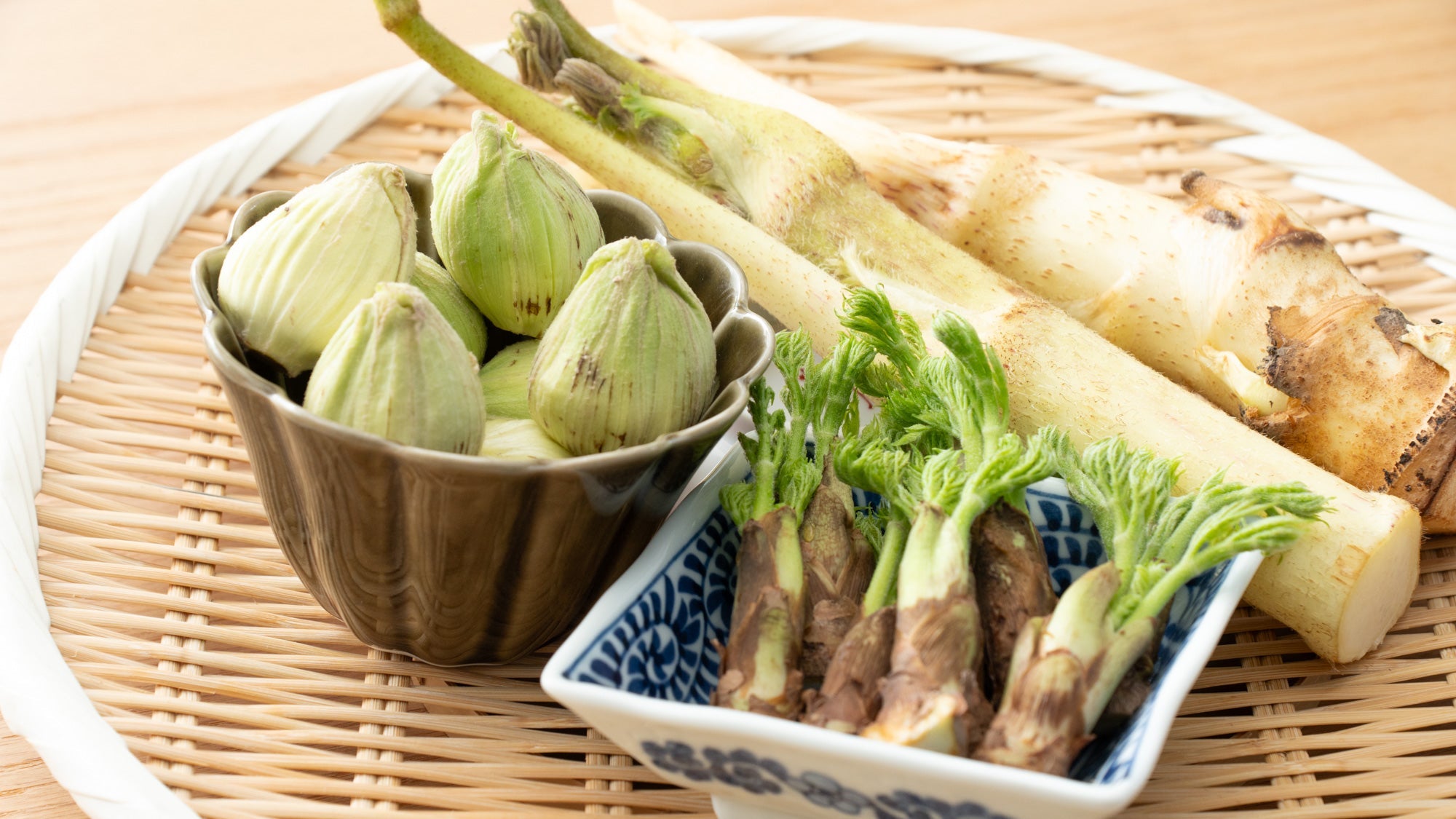

Leave a comment
This site is protected by hCaptcha and the hCaptcha Privacy Policy and Terms of Service apply.